The main character in my film is someone who is trying hard to focus on pleasant memories but whose mind is continually invaded by negative ones. The character never speaks, so lens whacking is one way in which I saw fit to translate his psychology visually. The film's aesthetic is based around light and it's relationship metaphorically to memory, so this also made the effect well suited. By detaching the lens and moving it back and forth in front of the sensor, focus can be shifted rapidly from a slight depth of field to deep focus, and light leaks in natural, smooth streaks and washes onto the sensor. Additionally, we also chose to flag around the backend of the lens to have more control over the light and distorted the image by twisting the lens away from the sensor at an angle. A lot of cameras nowadays can shoot without a lens, particularly DSLR's, but we were using a Panasonic AF101E which doesn't, necessitating taping down the contacts to fool the camera. What was achieved by DoP Garry Torrance can be seen below. I'm very fond of when equipment is misused or pushed further than intended for artistic effect. Either for DIY necessity or visual aesthetic, there's something pleasurable about being witness to crafty and brash invention. I had the joy of working on Josh Loftin's I Can't Be Kaspar as a sound recordist, a film which used cheapo-espionage cameras in lighters and glasses. Josh wanted the film to live inside the head of the central character and also film real situations between his actors and the public without visible cameras. 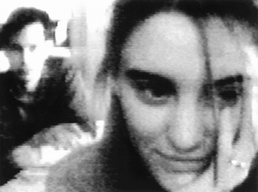 Michael Almereyda's Another Girl, Another Planet Michael Almereyda's Another Girl, Another Planet There's many examples of rough-and-ready cinematography. Ben Wheatley's A Field in England used a Holga toy camera and cheap telescope glass to create a fantastic otherworldly atmosphere (watch their behind-the-scenes video here). The hard-to-find Another Girl, Another Planet by Michael Almereyda, a favourite of mine ever since I bought it on a whim from a Global Video bargain bin years ago, used a Fisher Price Pixelvision camera, which records on standard cassette audio tapes and renders everything in a shimmering lo-fi somewhere below corner shop CCTV in quality. You could call it a gimmick, but obfuscation becomes viewer engagement and peering into Almereyda's ghostly murk feels immersive and dreamlike for me in a way no film apart from Primer has since accomplished. UPDATE: I've uploaded my VHS copy of Another Girl Another Planet here I'd love to find more examples, or hear stories from other filmmakers who have dabbled in weird techniques and risked breaking their equipment for the sake of a film, so please comment below.
8 Comments
Attachment to nature in the agrarian community of the Karczebs of Podlachia, east Poland/west Belarus, is the subject of the photobook Karczeby, shortlisted for the 2013 Paris Photo Aperture Photobook awards. Panczuk says that the word Karczeb is also used to describe "what remains after a tree has been cut down", and his representation explores both the harsh reality and the levity of a contrarian rural life in post-Soviet Poland. The B&W photography lies in my favourite space, between documentary and stagecraft, visualising the community as one with nature in eccentric ways, recalling the surreal literalisation of Giuseppe Arcimboldo's paintings. Written accounts of folktales and day-to-day family life by Karczeb member Kazimierz Kusznierow are presented in between the full-page photos. The beautiful book, designed by Ania Nalecka, can be purchased here
Karczeby is shortlisted alongside the forgotten and found of the historical photobook The Black Photo Album, by Santu Mofokeng. If you're feeling in the naturalist mood, watch the wonderful Canadian watercolour animation The Man Who Planted Trees from 1987. You'll probably want to go out a cultivate a forest yourself after this but, unlike Bouffier, you'll have to ask the council for permission first. Photoset inspired by New Topography. Highlighting the weathering of urban lines and the jutting of the man-made into the natural, and vice versa. Looked for built geometric patterns that stood against chaotic, organic textures that were either occurring in, or the result of change from, the natural environment Read an article I wrote about New Topography here 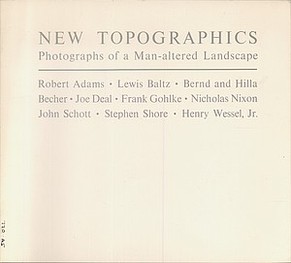 In 1975, an exhibition entitled 'New Topographics: Photographs of a Man-Altered Landscape' debuted at the George Eastman House International Museum of Photography in New York. It was the first public gathering of an original and subsequently highly influentual style of landscape photography. Ten artists working with a similar intent were selected by curator William Jenkins under a philosophy designed to more accurately represent the modern American landscape. The ten artists of the exhibition: Lewis Baltz, Joe Deal, Robert Adams, Frank Gohlke, Henry Wessel Jr, John Schott, Nicholas Nixon, Stephen Shore and Bernd and Hilla Becher, were all technically adept photographers with unique vision and an interest in aesthetic theory, and almost all went on to great success. Three of the artists were commissioned by the French government for the 'Mission de la DATAR', an agency that hired photographers to document the French landscape, and their combined influence on photography can still be seen today with many European and American photographers, such as Andreas Gursky, Nathan Ian Anderson and Toshio Shibata, emulating the style and philosophy of the exhibition. The exhibition was to be a counterpoint to the aesthetics of the traditional landscape photography of artists such as Ansel Adams, Edward Weston or Timothy O’Sullivan, which Jenkins argued was compromised by an overly romanticised and restrictive view of America. This rebellion against what they considered to be an archaic form of photography attempted to be all encompassing; the artists proposed a different approach to almost all aspects of composition, presentation and subject matter in their work. The vision of this new collective was to present work that expressed modern America with neutrality and a lack of judgement or, as Jenkins puts it, "[eschewed] entirely the aspects of beauty, emotion and opinion". This was an unrealistic aim, as ‘entirely’ eschewing these aspects would surely prevent promoting these works as valuable and nullify the arguments put forward by the artists regarding consumption and ecology. Therefore, upon examination, the proposal seems disingenuous, but it was likely proposed as inspiration for a particular focus rather than as a true goal. The alignment with the historical or scientific field of topography rather than another art movement or aesthetic principle represented an attempt to distance the work from the commonalities of landscape photography. However, the artists did take inspiration from a wide variety of sources in photography: Edward Ruscha (in particular his books "Twentysix Gasoline Stations" and "Thirtyfour Parking Lots"); Robert Frank and Walker Evans were explicitly mentioned by Jenkins as influences; Dorothea Lange, Eugène Atget, and Minor White could also be seen as guiding forces. These social realist and landscape photographers focused on the sections of American society and environment which were, in the opinion of the New Topographers, greatly unappreciated.
|
Archives
November 2023
Categories
All
LinksWriting
Art & Design Science Music Film All contributions by Kieran Gosney unless otherwise stated.
© Kieran Gosney and kierangosney.com, 2013. Unauthorized use and/or duplication of this material without express and written permission from this blog’s author and/or owner is strictly prohibited. Excerpts and links may be used, provided that full and clear credit is given to Kieran Gosney and kierangosney.com with appropriate and specific direction to the original content.
|
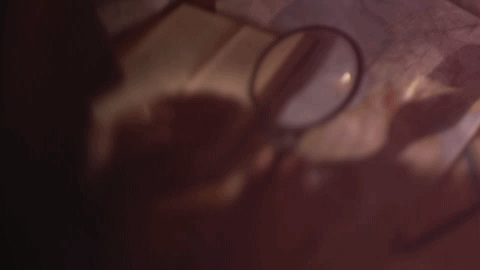
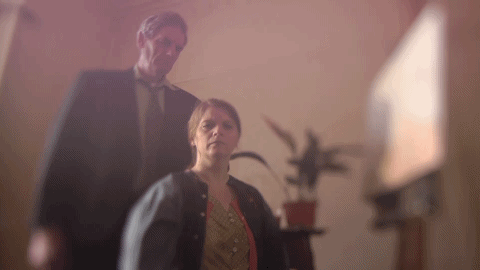
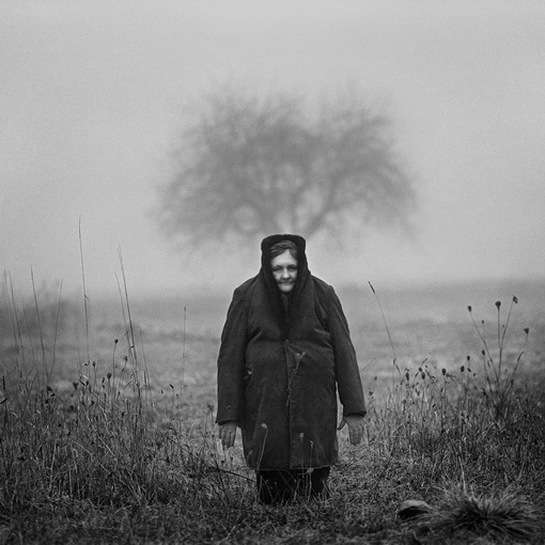
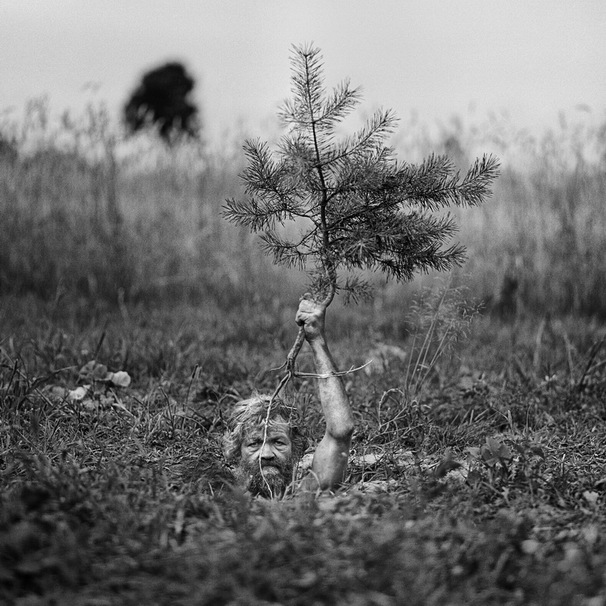
 RSS Feed
RSS Feed